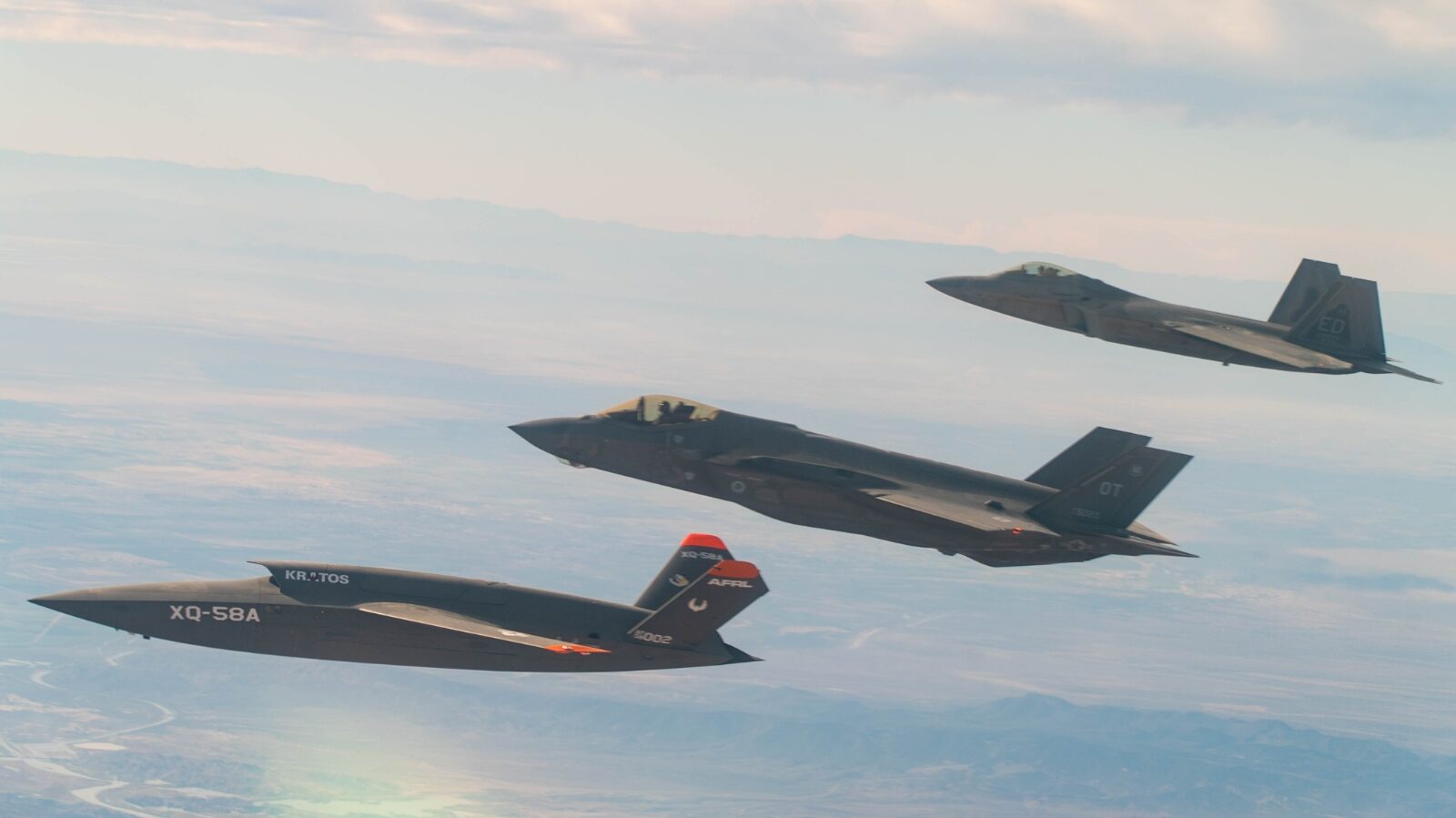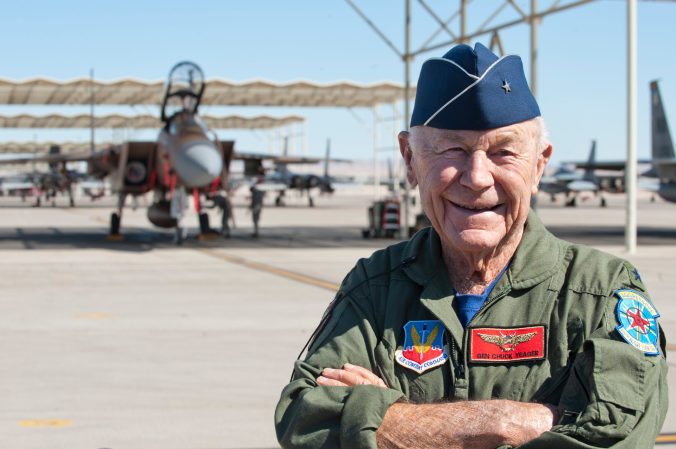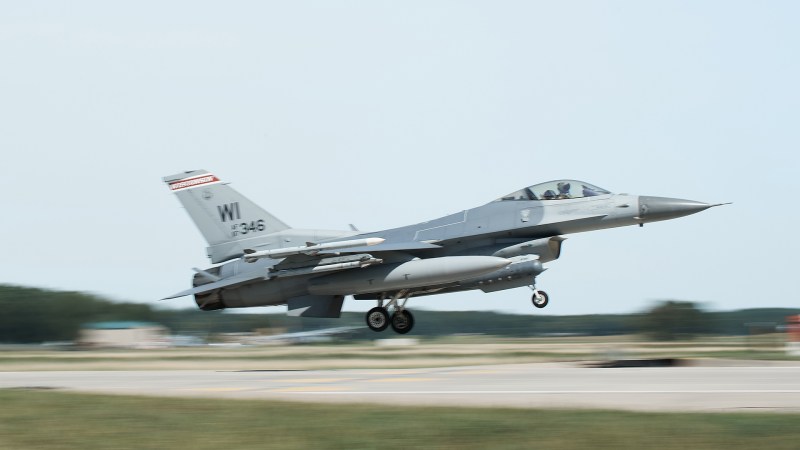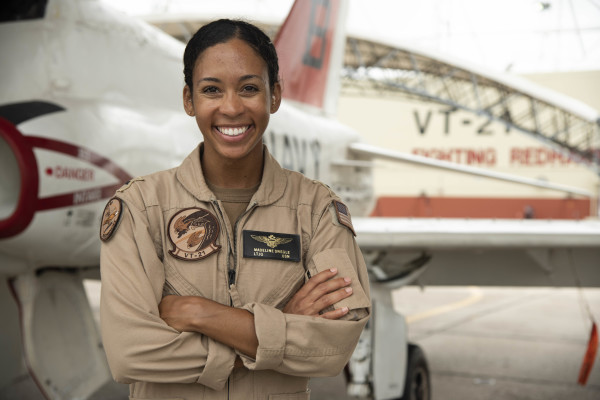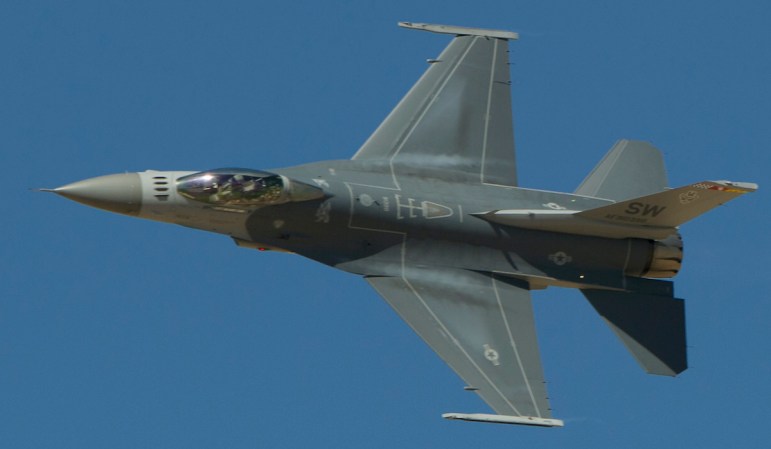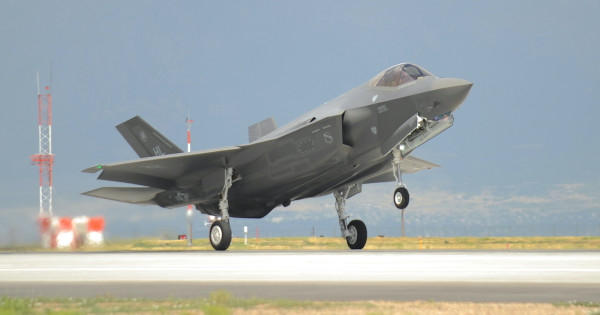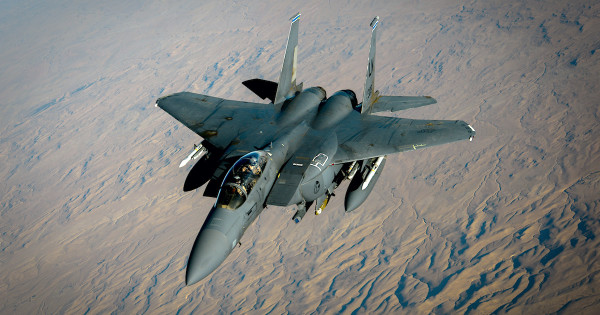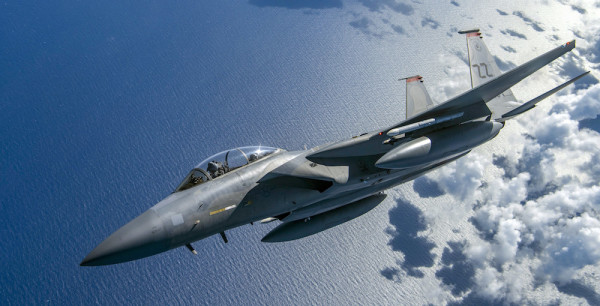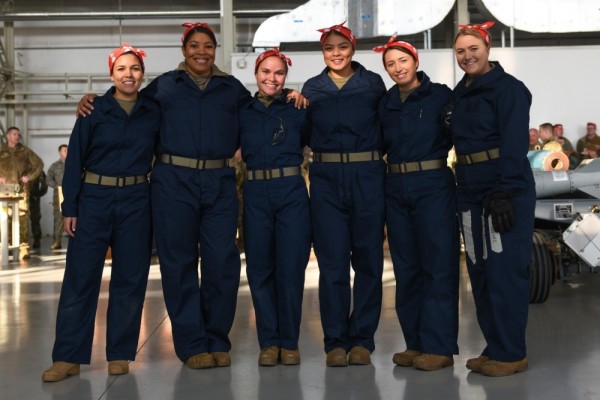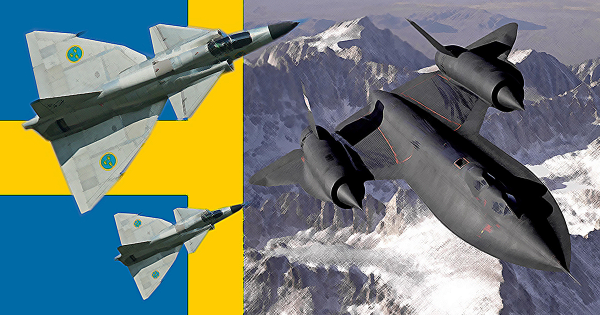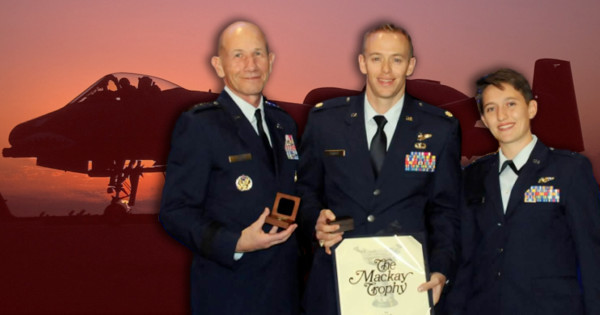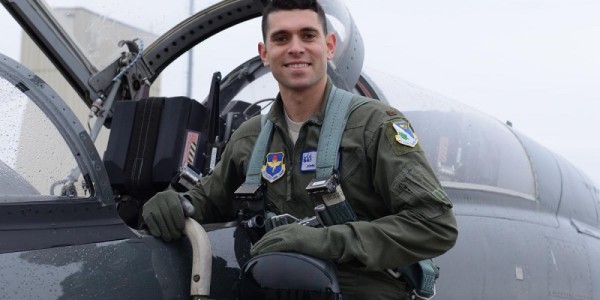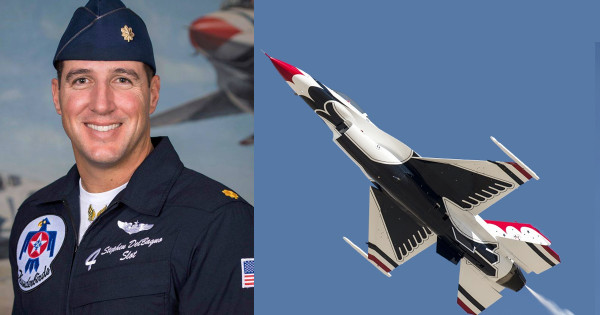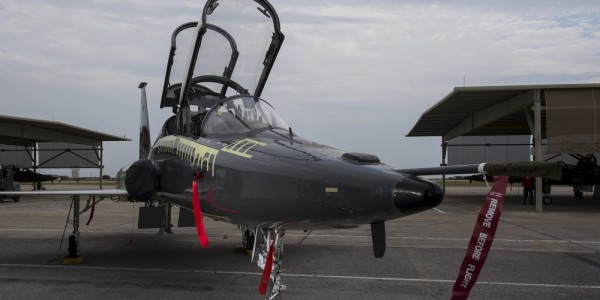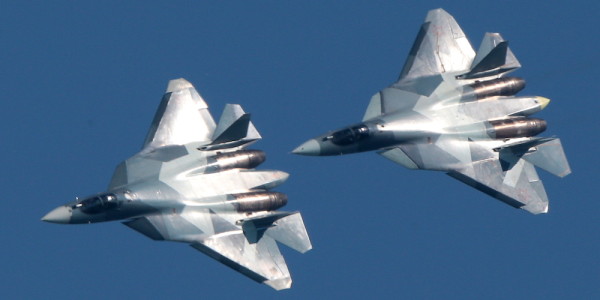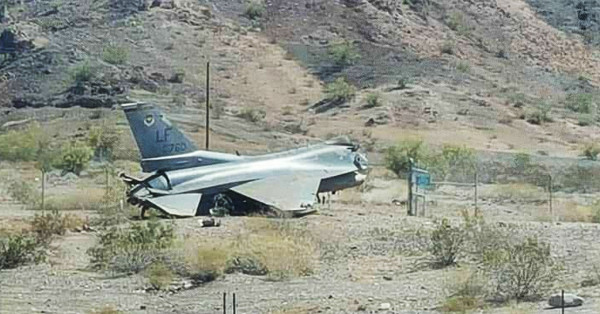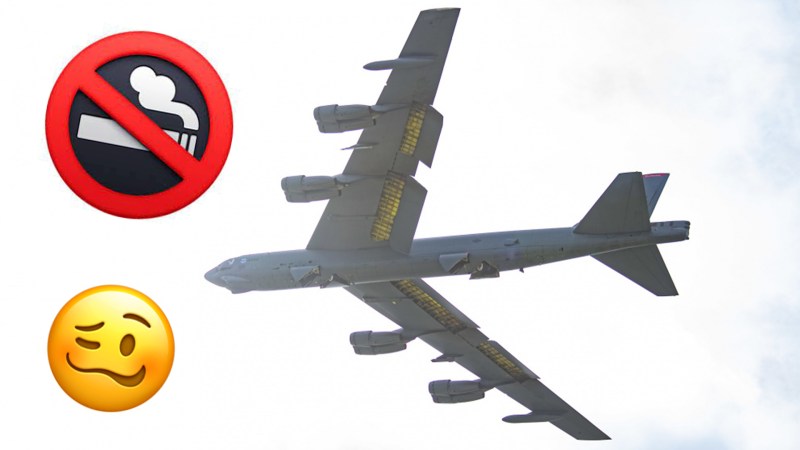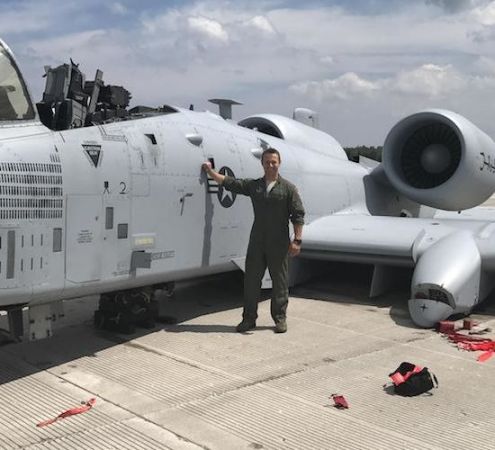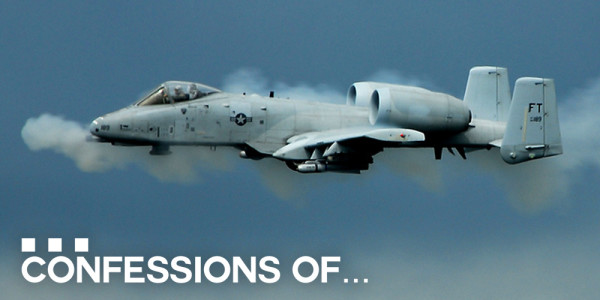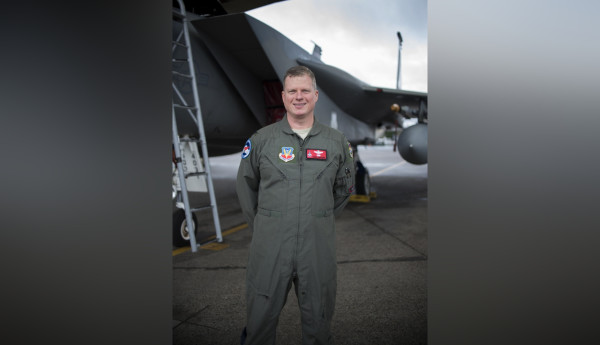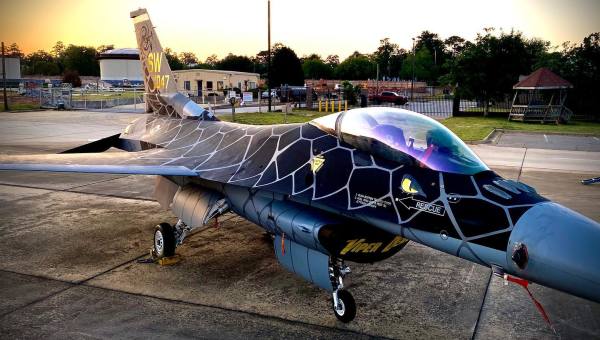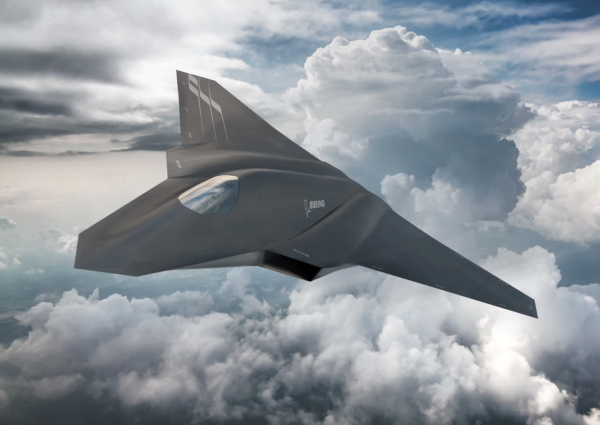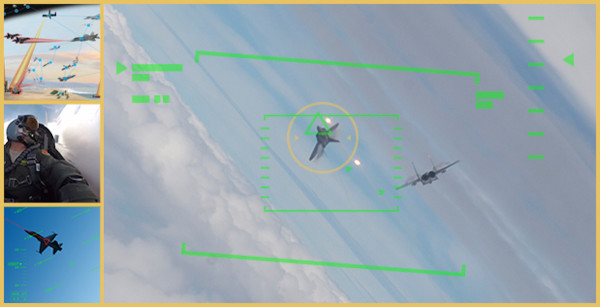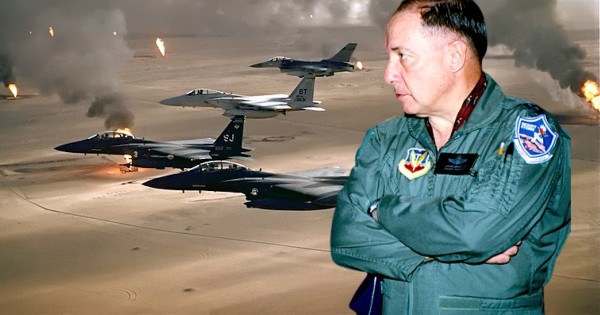If you’ve ever felt overwhelmed by work, chores, family, or just bad news on social media, you actually have more in common with young fighter pilots than you might think.
“The single hardest thing about flying the F-16 is handling the bewildering onslaught of information,” wrote historian Peter Aleshire in his 2004 book Eye of the Viper: The Making of an F-16 Pilot. “The [Heads-Up Display] displays 20 different key bits of information about the airplane, from headings to weapons locks. The switches on the stick offer about sixteen choices at the flick of the thumb. The radio buzzes and chatters with calls from every jet in the air, not to mention crucial instructions from the ground and distant AWACS controllers.”
A large part of fighter pilot training is learning how to process all that information while flying the jet and staying in formation with teammates, which is more difficult than it sounds at the eye-watering speeds of a fourth-generation fighter aircraft with 27,000 pounds of thrust coming out the engine. And all signs indicate that the information load will only grow heavier as the Air Force moves towards turning fighter pilots into high-speed commanders of their own formations of robot wingmen, known as combat collaborative aircraft (CCA).

In fact, the CCA concept is so important that the branch has made it the center of its Next Generation Air Dominance project, the name for the sixth-generation fighter aircraft and its accompanying systems that are still in development.
“NGAD must be more than just the next crewed fighter jet,” said Air Force Secretary Frank Kendall in March when he laid out his seven operational imperatives for the service. “It’s a program that will include a crewed platform teamed with much less expensive autonomous un-crewed combat aircraft, employing a distributed, tailorable mix of sensors, weapons, and other mission equipment operating as a team or formation.”
The Air Force sees CCAs as a way to make up for its persistent pilot shortage and to put a larger mass of metal into the skies for a potential fight against China or Russia. Experts say that the service does not have enough manned aircraft and pilots to sustain the losses of such a war, but unmanned wingmen could help close the gap. These unmanned aircraft would be like flying foot soldiers for human pilots, who would command them from their own jets.
The possibilities of CCAs are exciting for war planners, but there is a problem: how will human pilots manage the possible information overload of managing half a dozen or more wingmen?

At least one company is doing its best to make sure pilots can process it all without being overwhelmed.
“I couldn’t even tell you how many years to get a trained fighter pilot up to the point where you want that person to be essentially an air battle manager,” said Britt ‘Mega’ Hurst, a former Air Force F-15C pilot who now works for the aerospace and defense manufacturer Collins Aerospace.
“This is a command and control station inside of a fighter,” he said. “It’s not just a cockpit.”
Collins Aerospace says it can bring cutting-edge avionics, software, sensors, networks and information displays to the nascent NGAD project. To support its claim, Collins Aerospace put a mock fighter cockpit on the showroom floor at the Air & Space Forces Association’s Air Space & Cyber Conference at National Harbor, Maryland last month.

The “Sixth-Gen Fighter Technology Demonstrator,” or 6GFTD, is meant to show how a sixth-generation fighter cockpit layout could look so that pilots can get the most information possible in the easiest, most digestible way possible.
Task & Purpose took the demonstrator for a spin at the Air Space & Cyber Conference, and the first thing this reporter noticed is that the control panels look more like an iPad than the carnival of buttons and switches like the one he saw in the cockpit of a B-52 bomber in Dr. Strangelove. Touchscreen surfaces are not brand-new to military aviation: the Air Force, Navy and Marine Corps already use them in the cockpits of their fifth-generation F-35 fighters. Hurst said the 6GFTD allows pilots to easily tailor the information shown on the cockpit’s many touchscreen displays to their individual preferences.
“Everybody is different in how they like to process information,” he said. “And it varies, right? It varies depending on, you know, did you eat that day, are you dehydrated? Are you listening to the radio at the time? Are you in the middle of a fight, or are you just cruising to and from? And so your level of stress will vary drastically through an entire sortie.”
Flashing lights and audio warning tones have been a mainstay in fighter cockpits for decades, but the 6GFTD introduces a new warning system that gives new meaning to the phrase “flying by the seat of your pants.” Included in the demonstrator was what Hurst called a vibrotactile haptic system, which is a fancy name for the cockpit buzzing when something bad happens. For example, if a surface-to-air missile targets the aircraft from the right hand side, the pilot would feel a vibration from their seat on that side of their body. There would also be a signal on the screen of their control panel, and another on the HUD hanging over their eyes.

“We want to give each pilot the best opportunity to warn them of something that might be a threat,” Hurst said, which is extra important when the air-to-air or air-to-ground fights of the future will likely take place beyond a pilot’s visual range. “You’re talking about ranges in the hundreds of miles, not tens of miles.”
Hopefully the pilot will not have to feel the warning buzz for an incoming surface-to-air missile in combat. After all, the collaborative combat aircraft under their command are supposed to help eliminate SAMs and, if need be, take the hit for them. Those CCAs could be designed or outfitted for a variety of roles such as scouting enemy lines, jamming enemy signals, bombing targets or simply serving as decoys.
Flying robots may sound like science fiction, but they are actually very close to reality. Aerospace manufacturer Lockheed Martin’s Have Raider II program demonstrated in 2017 that an artificial intelligence-controlled F-16 could fly in formation with a crewed flight lead, come up with a plan to strike a ground target, respond to an air threat along the way, and still strike the target and rejoin the formation. The company Blue Force Technologies is developing an autonomous stealth jet that can act as the opposing force of fifth-generation aircraft for Air Force pilots to train against. In 2020, in a series of five highly-publicized simulated dogfights between an Air Force fighter pilot and an autonomous software developed by the Defense Advanced Research Projects Agency, the software won out every time.
“The goal was to earn the respect of a fighter pilot – and ultimately the broader fighter pilot community – by demonstrating that an AI agent can quickly and effectively learn basic fighter maneuvers and successfully employ them in a simulated dogfight,” said Col. Dan “Animal” Javorsek, program manager in DARPA’s Strategic Technology Office, in a press release at the time.

Though the CCA that will work alongside NGAD are still in development, the technology demonstrator cockpit made by Collins Aerospace is meant to help try out new ways of commanding those aircraft and processing information generated by them. At the conference last month, this reporter “flew” with six CCAs under the callsign “Minion.” The mission had two objectives: destroy a surface-to-air missile on the ground and “achieve a certain level of jamming against the threat,” Hurst explained.
My brave robot wingman, Minion 2, was equipped with jamming equipment, so Minion 2 was sent in to jam the enemy threat. Unfortunately, Minion 2 had a sensor failure and could no longer jam the threat. Using the cockpit touchscreen, Hurst ordered the robot into loiter mode and reassigned Minion 4 to take over. But things were about to get worse: Minion 5, one of the bomb-carrying planes, had a weapons failure, and could not drop bombs on the target. Then Minions 3 and 4 were shot down, leaving only two jammers and one bomb dropper left. To make matters worse, a cybersecurity attack left the weapons on the reporter’s own aircraft useless.
“Now you’re not able to achieve the destruction of enemy air defenses,” Hurst said. “So the mission is no longer viable.”

Sending wingmen to do dangerous tasks is something military pilots have done for a long time. The difference here is that the wingmen are robots, the orders and results can be given and displayed on a touch screen with the tap of a finger, and the 6GFTD also calls upon several algorithms to weigh the changing mission variables in order to calculate the chance of mission success. For Star Wars fans, there are parallels between this tech and the role that the droid R2D2, and other droids, played in assisting their Rebel pilots. Additionally, the system’s “operational reasoner” is a lot like C-3PO, who jumps at every chance to remind his human colleagues that the chances of surviving a flight through an asteroid field or other dangerous task are something like “approximately 3,720 to one!”
Except here, instead of a shiny golden droid giving the odds, it’s a portion of the control panel dedicated to predicting the percentage chance of mission success and expected survivability. Hurst said the hope for the operational reasoner is that it takes one more thing off pilots’ heavily-loaded plates. It will also give the pilot recommendations for how to solve the problem.
“Yes, you’re probably going to be thinking through those options,” Hurst said. “But if it gives you a proposal, in a pinch, you could go ahead and say ‘execute.’ Or you can apply your own judgment and override the system’s recommendation. No system is perfect, so you’re always going to have to mentally back up what that is, but if we can reduce that load, then that’s all the better.”
Easing the information load and ensuring humans can work with robot aircraft are not just nice perks: those factors could mean the difference between life and death.
“[T]he effectiveness of CCA in combat will be primarily driven by how well they team with humans, not just capabilities such as weapons and sensors,” wrote Heather Penney, a former F-16 pilot who is now senior resident fellow at the Mitchell Institute for Aerospace Studies, a think tank that studies airpower.
The Air Force is investing heavily in CCA to make up for its relatively low number of manned aircraft and pilots, Penney wrote in a recent paper on CCA development. However, the service is not going far enough to incorporate the pilots who will fight and possibly die alongside these robots in the design process. That could be a major problem because pilots must trust their wingmen and equipment before going into combat with them, she said.
Penney cited one anonymous Air Force fighter pilot as saying, “Sure, we’ve seen some great tech demos, but as a real capability that I could go to war with, they’re not much farther along than PowerPoint.”
“As the Air Force is embarking on developing CCA, they are neglecting their own important lessons learned regarding human factors,” Penney wrote. “Collaborative combat aircraft are meant to team with a human warfighter, yet, for the most part, warfighters are being left out of CCA development.”
The Air Force has shown in the past how good it is at adapting technology to work better with humans. Penney pointed out that when the F-4 Phantom fighter jet debuted in the 1960s, it was so advanced and complex that it required a second cockpit and crew member to manage its sensors and weapons systems. Fast forward a few years and Air Force fighter pilots were flying the F-15 Eagle, an even more advanced fighter than the F-4, but which, for the most part, has only one cockpit and one crew member. What changed?
“Advances in human factors engineering and processing allowed the Air Force to develop this design and increase information immediately available to pilots without maxing out their task burden,” Penney said.

Even the F-15 Eagle will probably seem like a bygone era compared to what could be coming down the pike with NGAD. Hurst would know: he spent 2,000 hours flying the F-15C and knows how antiquated the Eagle’s cockpit is in comparison.
“We didn’t have any displays like this,” said Hurst, who stopped flying F-15s four years ago and retired from the military two years ago. Hurst said he and his fellow Eagle pilots had only one color display, a six-by-six inch moving map. “Everything else is monochrome green. There’s dials and there’s about 200 switches or buttons or knobs. So it’s time to move on, and something like this would be the next thing for sure.”
The change in cockpit layout does not just mean better technology: it could signal a new era in what it means to be a fighter pilot.
“What you’ll find is that the future fighter pilots are going to do less fighter pilot type of stuff, it’s not going to be like, you know, Top Gun flying around and doing that as much,” Hurst said. “They still need to have that ability to do that. But it’s going to be more along the lines of battle management.”
Update: 10/7/2022; This article was updated after publication with additional context that explains how the Sixth-Gen Fighter Technology Demonstrator functions similarly to the droids of the Star Wars universe.
The latest on Task & Purpose
- These are the worst pieces of military gear ever issued, according to veterans
- The Marine Corps’ new littoral combat team is changing the Marine rifle squad
- How Air Force maintainers achieved a rare perfect inspection on a 49-year-old aircraft
- Why hundreds of Camp Pendleton Marines have been stuck in sweltering hot barracks for years
- The Air Force has finally rescued a stranded Osprey aircraft from a remote Norwegian island
Want to write for Task & Purpose? Click here. Or check out the latest stories on our homepage.

